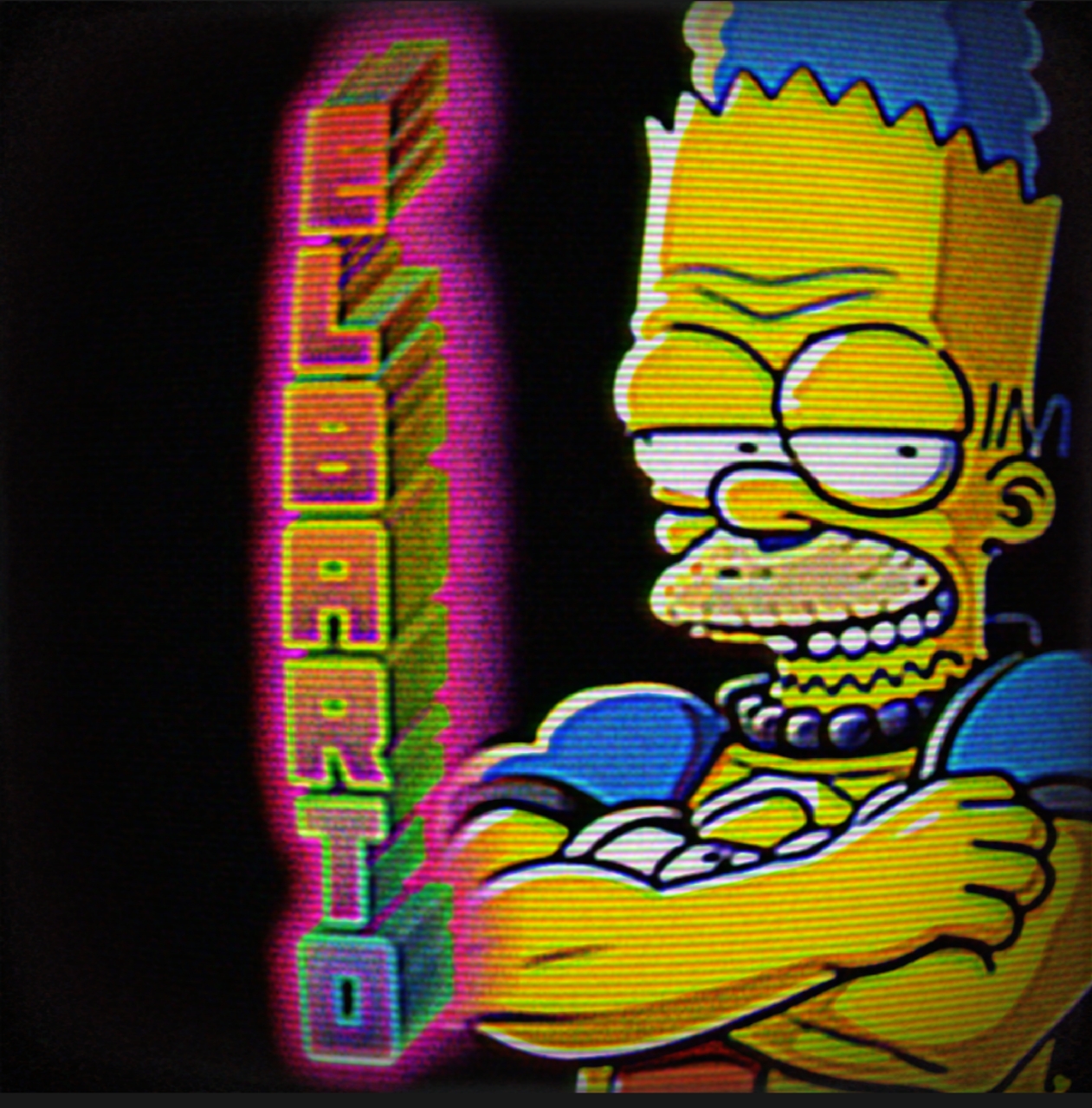The fuckin Scottish over’ere sidin’ with Anakin all willy nilly
TIL the USSR named their space station “peace”
IIRC it also means “world”.
So… “world peace” is just…? Google returns a phrase that it translates back into “peace in everything,” but the word does repeat in that phrase. I’m sure it’s a contextual thing and I know some things just don’t carry over between languages, but now I’m interested in how Russian works.
That would be мир во всем мире, literally peace in all the world
I’ve also heard миру мир: “peace to the world”.
I see it more often
I think it would be one of those small things that constantly amuses me to the bewilderment of natives. One single letter stops this from being misread as “in everything, peace,” no? If even that?
Not really, that extra letter is a noun case, it serves grammar only. I guess the word all (всем) is what helps distinguish between the meanings here. It belongs to the semantic field of mir as in the world, while Russians don’t use it together with mir as in peace.
Much like Eskimo have 27 words for snow because they have so much exposure and have to denote subtle variations, Russians lumped a bunch of unused words together. World peace? Not in Russian!
It’s literally “Miru - mir”, “Vsemirnyi mir”, or “Mir vo vsyom mirje”.
That a misnomer, eskimos technically have lots of words for snow, but that’s because they combine the adjective and the noun, so snowy snow would become something like snowysnow. If you count that, then every language has lots of words for snow
No one have 27 words for snow, that’s a myth
You are correct.
The whole point was to get past the Cold War and make union between countries. MIR was peace; Americans and Russians working together for all mankind’s scientific progress
Then came politics.
Heh, Fred.
Why yes, the name Frederick literally comes from the Germanic words frid (peace) and ric (ruler)
So the guy who conquered Silesia and half of Poland and made Prussia a Great Power was named ‘King of Peace’?
Peace by crushing all opponents. There’s Manga like that.
Fred, look alive
I was pretty taken back by that
Wait, hold on, a fairly accurate map instead of just countries?
Who’s the linguistics nerd that wanted to make a point about peace and empathy and the absolutely tragic loss of human life, but couldn’t resisit also making a little bit of a point about language diversity? Whoever you are, I see you.
It’s a lot better than most such maps, but still, there’s way too many languages missing in my opinion :)
I take little bit of issue having south part of Finland having swedish there.
Edit: ok, the projection is bit funky here, that is not southern Finland (Uusimaa), but south west Finland (Varsinais-Suomi) which is conquered by Swedish Finns
Conquered? I would personally say inhabited.
JK
I did say “a little bit of a point”.
That’s the problem with giving it a fair shake, I suppose. You end up with nitpicking the remainder instead. It’s a natural impulse.
Yes, you’re right of course, but HOW COULD THEY EVEN MISS FRISIAN WHEN THEY EVEN INCLUDED SAMI pounds fist
:P
These often way overrepresent minority language in my experience
As opposed to? I mean, yeah, a lot of the places marked here are bilingual and share a language with the surrounding environment, but it’s not like Spanish, Romanian or English aren’t captured here.
Well showing area that has only minority of some speakers as the colour of that language is quite misleading. Should be shaded or something
It depends. I think if both languages are exclusive to that area then yeah, flag it. If one is a larger language and the other a minority language exclusive to a region is fine to only show the minority one. Context solves the issue just fine.
You don’t know from context what the actual language situation there is with that method. For informative maps that’d be bad. That’s why shading makes more sense.
If your map is about where every language is spoken, then you shade where every language is spoken.
If your map is about how a word is said on different languages, then you place words for unique languages, context takes care of bilingual areas.
It seems pretty obvious, really.
And what’s wrong from a more correct representation that also shows the words, as in, shading?
To me that seems obvious. You don’t mislead but also get the information through.
The Finnish word on the map is in the partitive case, the base form is “rauha” with just one “a” at the end.
The Dutch ”vrede” would translate to ”wrath” in Swedish. Just fyi
I speak both languages fluently but I never noticed, lol
All I want is some damn Fred and quiet.
“Fred og ro” in Danish
Sounds like a drunk trying to order a fried egg roll.
That sounds about right.
Fred, look alive
i’m maltese. they cut us out of the map! We say “paci”. pronosonced like “paa-chi”
“vrede”, which means “peace” in Dutch, means “anger” in Danish (probably not pronounced the same way, but the spelling is the same.)
In English phonetics it’s pronounced vrayduh
no.
In Dutch, yes. In Danish it is more like incomprehensible guttural noises
Danish person here. Pot; meet kettle.
It’s pronounced “vreðe” in Danish.
More like [ˈʋʁɛːðˠə🥔🥔🥔]
I understand that you’re being mean out of frustration because your entire country is still suffering from that throat disease you call a language, so I’ll let these little jabs slide, but it’s not a healthy way to deal with it. Best wishes from Denmark🤗🥔🥔
Plot twist: jag är inte nederländsk
Wa wete gij daar nu van?
Volgens mij dacht hij of zij dat je Deens bedoelde
Als iemand Deens kan kunnen ze toch afleiden dat dit dan waarschijnlijk die andere taal is die ze vernoemden… Zo’n droge “no” gaat er wel over 😄
Ja, maar je moet wel bedenken dat dit het internet is en dat mensen niet heel hard nadenken voor dat ze dinges schrijven :P
't zijn lappe
May Fred be upon you.
So that’s where the name Fred comes from.
Short for Fredrick, and Rik in Norwegian means rich. So peace, but only if you’re rich.
Lol
F R E D
F R E D
For me, it’s like if it means freedom or frieden in German…
I love this type of maps. Need to see more of those.
The Russian Mir is thought to come from the same proto Indo European root as the English “mild”.
P O K Ó J 💀
r o o m












